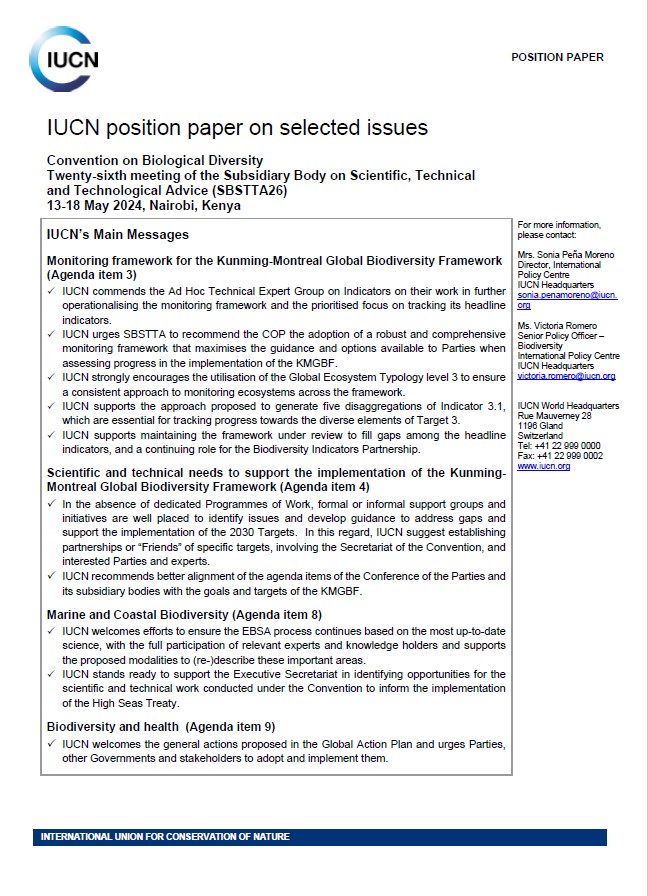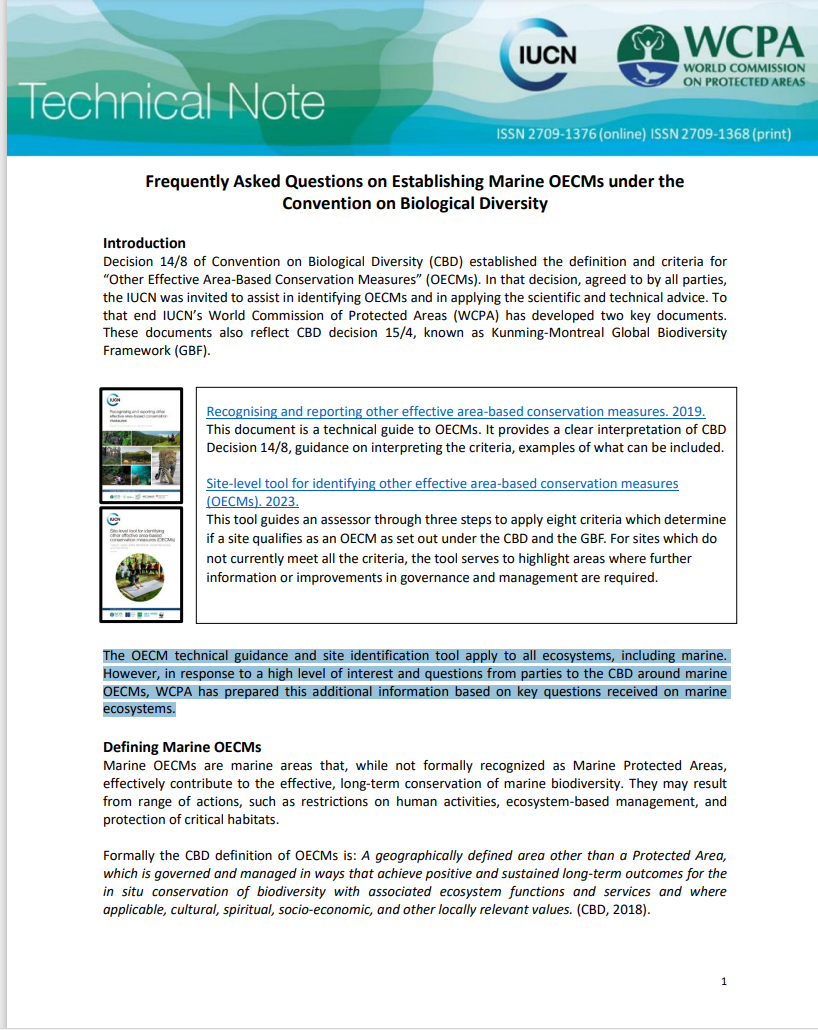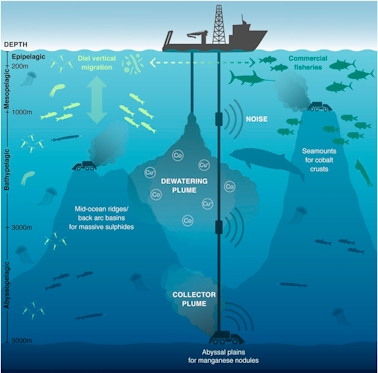What is the issue?
Plastic is a synthetic, organic polymer made from fossil fuels, such as gas and petroleum. Over 460 million metric tons of plastic are produced every year, according to the United Nations Environment Programme. Plastic is used in almost all consumer and industrial activities, from construction and vehicles to electronics and agriculture.
Discarded improperly, plastic waste pollutes and harms the environment, becoming a widespread driver of biodiversity loss and ecosystem degradation. It threatens human health, affects food and water safety, burdens economic activities, and contributes to climate change.
Macro-plastics (pieces larger than 0.5 mm) made up 88% of global plastic leakage to the environment in 2019, around 20 million metric tons, polluting all ecosystems. Much of the world’s plastic pollution is generated by single-use products such as bottles, caps, cigarettes, shopping bags, cups, and straws.
Pollution sources are mainly land-based, coming from urban and stormwater runoff, littering, industrial activities, tyre abrasion, construction, and agriculture. In the marine environment, plastic pollution originates primarily from land runoff, but includes paint shed from shipping, discarded fishing gear, and more.
Due to solar radiation, wind, currents and other natural factors, plastic breaks down into microplastic (smaller than 5 mm) and nanoplastic (smaller than 100 nm) particles. ‘Primary’ microplastic particles are also shed by products such as synthetic textiles and tyres, through abrasion. Nanoplastics are able to cross cell membrane walls and enter living organisms.
Many nations lack the capacities and facilities to properly manage plastic products and waste, and the burden often falls on the local level. That impact is disproportionately felt by islands, developing countries, Indigenous peoples, local communities, women, and children. This problem is deepened by the global trade of plastic products and waste to locations where infrastructure is not sufficient for safe and environmentally sound management.






